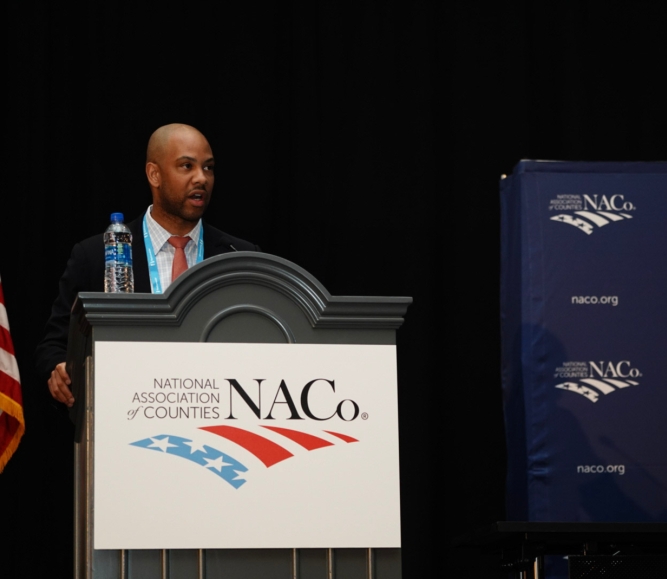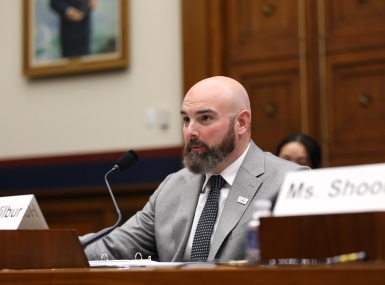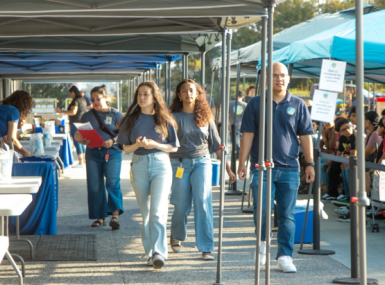Ways and Means Democrats release legislative framework addressing county priorities for health and economic equity
Author

Blaire Bryant
Upcoming Events
Related News

Key Takeaways
On January 11, the U.S. House of Representatives Committee on Ways & Means released a new legislative framework which aims to address structural health and economic inequity in the United States. The framework, A Bold Vision for a Legislative Path Toward Health and Economic Equity, provides an indication of how the Committee will address health and economic policies during the 117th Congress. Although the Biden administration has not commented on the framework, their newly published National Strategy for the COVID-19 Response and Pandemic Preparedness report highlights the importance of racial, ethnic and geographic equity in a national health strategy. With Democrats holding a slim majority, the legislative path for such a sweeping proposal could prove difficult.
The framework divides its policy goals into Health Equity Pillars and Economic Equity Pillars, both of which propose policies that align with county priorities.
Health Equity Pillars
Within the Health Equity Pillars are a number of polices aimed at ensuring all Americans have access to high quality, affordable health care and that issues of historic inequity in the health care system are address. This commitment to health equity aligns closely with counties’ declaration of racism as a national public health crisis and their urging of Congress to support local, state and federal initiatives that advance social justice.
To promote equity within the health system, the framework calls for a modernized health infrastructure, a diverse health care workforce and widespread access to affordable and comprehensive health care. It additionally highlights the importance of supporting local governments for maximum efficiency of resources. County governments are integral to America’s health care system, providing the local safety net infrastructure and financing and operating hospitals, clinics and health centers.
Counties support several of the health equity policy approaches proposed in the framework, including:
- Removing impediments in administering the array of programs that impact health with full or blended federal funding, giving states and localities more flexibility to serve their populations;
- Closing gaps in health coverage for vulnerable populations, such as low-income, working-age adults; and
- Diversifying the health workforce pipeline, expanding career advancement opportunities and increasing geographic equity of the workforce.
Economic Equity Pillars
Counties play a critical role in safeguarding the economic health of our nation in partnership with federal and state governments. As we grapple with the economic impacts of the coronavirus pandemic, increased federal support for social services, housing and direct financial assistance are essential to our efforts to serve vulnerable residents.
The framework addresses these concerns with provisions aimed at ensuring all people can live with economic dignity and security. It proposes several policy provisions aimed at workforce and community development, including:
- Funding state and county social services and community investment strategies;
- Providing job services and supports targeted to vulnerable populations and focused on long term career advancement, not just employment; and
- Increasing the Earned Income Tax Credit for childless workers and reduce the minimum age of eligibility from 25 to 19.
The framework further focuses on increasing economic opportunities for children and families, including targeted efforts to reduce child poverty by half – a key county priority – as well as policies to expand access to affordable, high quality child care.
NACo will continue to track the progress of this framework and highlight county impacts. To read the entire list of policy priorities and proposed policy approaches, please see the full framework.
County News
Counties use ARP funds to advance equity

Related News

National Association of Counties expands programming to build childcare supply
NACo announces the launch of its Childcare Supply Network. This new peer learning network will support local leaders in addressing childcare challenges and co-creating sustainable solutions to strengthen local childcare systems in response to workforce needs.

NACo testifies before Congress on brownfields revitalization
On May 7, Oswego County, N.Y. Clerk Terry Wilbur testified on behalf of NACo before the U.S. House Subcommittee on Water Resources and Environment at a hearing titled “Cleaning Up the Past, Building the Future: The Brownfields Program”.

California county program helps spark student careers
San Diego County created a win-win program to fill open staff vacancies and give college students real-world work experience.

